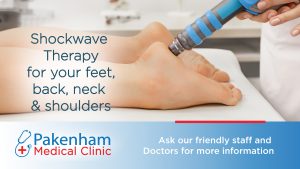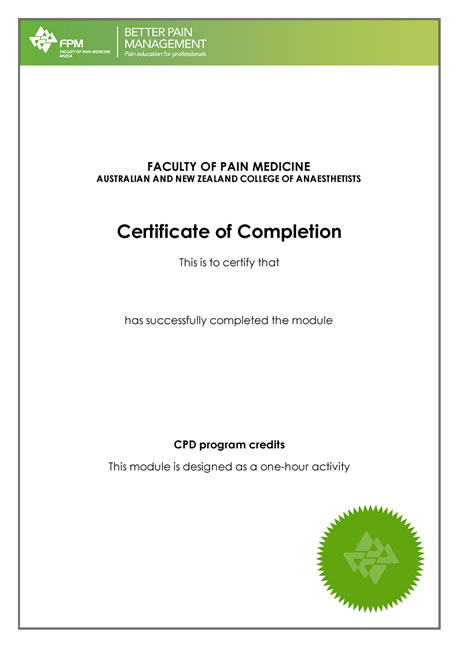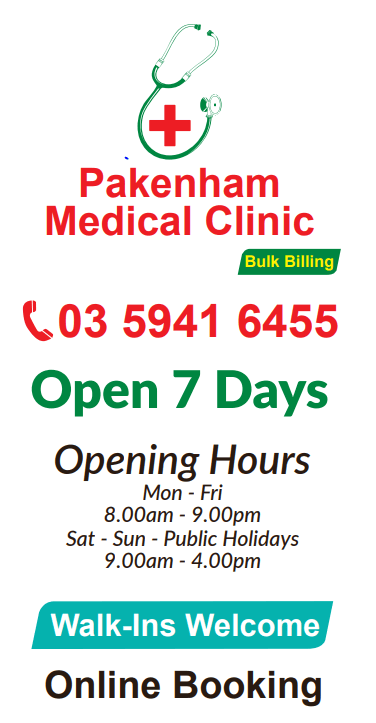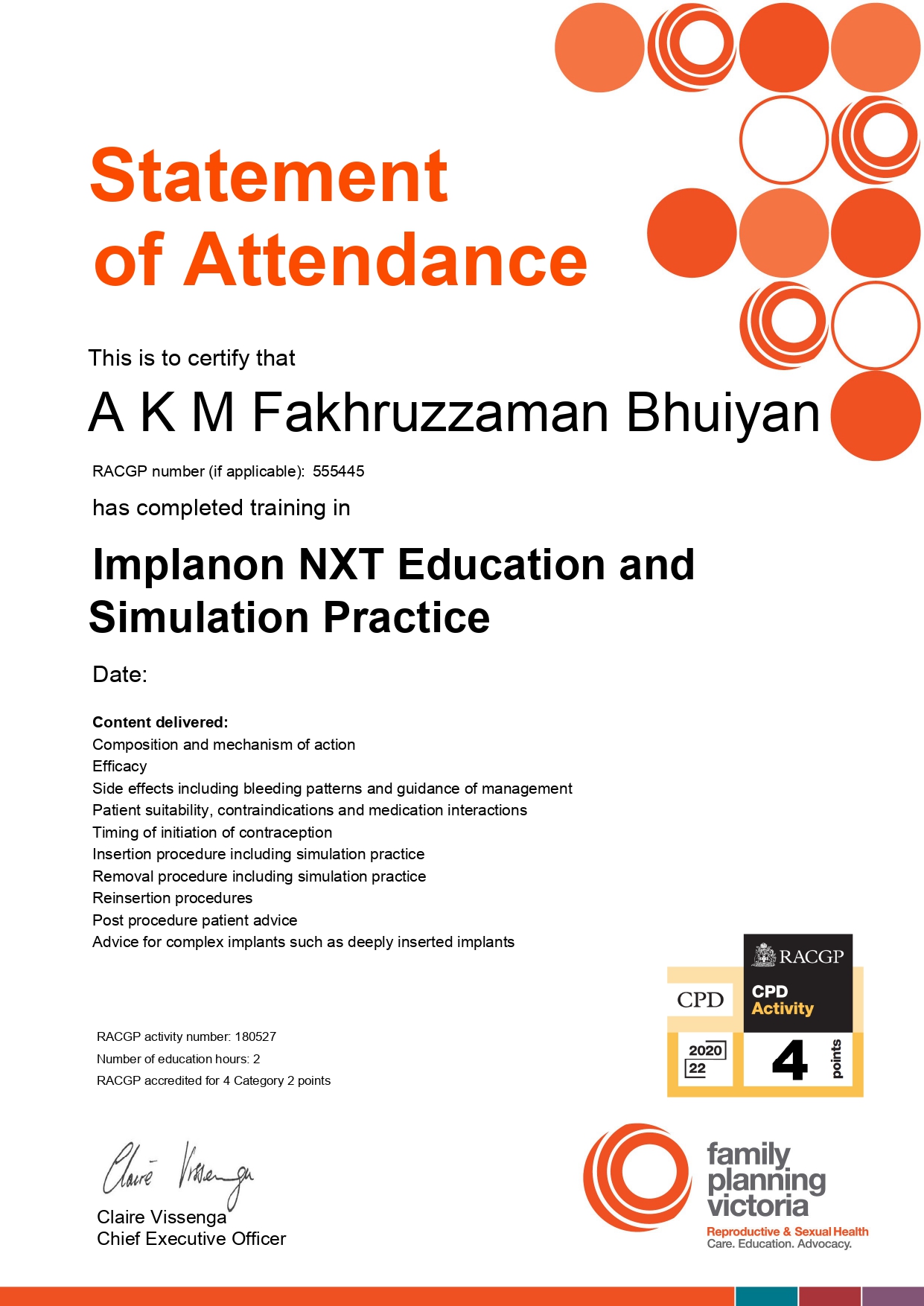 Reliable Shockwave Therapy Treatment in Melbourne
Reliable Shockwave Therapy Treatment in Melbourne
Looking for an effective yet affordable shockwave therapy solution? Look no further. We provide comprehensive and reliable treatment in and around Melbourne.

What is Involved in a Shockwave Therapy Session?
Once an examination is conducted to locate the treatment area, a series of shockwaves are sent through a handpiece device or an applicator that is held against the patient’s skin.
After that, a contact gel is then put on the area followed by a hand-held probe which is applied to the patient’s skin. The acoustic waves are sent by the probe in a focused way for a duration for 2-10 minutes per treatment area.
The initial treatment sessions can be a bit uncomfortable or painful. Though, this indicates that the painful area is perfectly being targeted and treated. A feeling of numbness or heaviness is then experienced in the area. The next phase of the treatment is usually less painful.
A great number of patients feel a subtle reduction in pain and a greater amount of movement just after the treatment which is improved over 24-48 hours.
Most patients feel relief over the next one or two weeks. The amount of treatments required depend completely on the injured area, the severity of the injury and the response of the patient to the treatment.
How Many Sessions Does a Person Need to Undergo?
The number varies from patient to patient. However, most patients undergoing shockwave therapy in Melbourne need 2-4 sessions of treatment which need to be performed with a gap of a week in between.
What Happens After the Therapy Session?
You may experience a kind of soreness during the first night following your treatment which could intensify. For reducing discomfort, simple analgesia or icing could be required. Slight bruising can also occur around the treatment area.
It is recommended to not perform any aggravating activities for 2-3 days following the treatment or as per your doctor’s suggestions.
The treatment is usually performed by collaborating with an associated allied health practitioner such as physiotherapist, osteopath, or podiatrist.
Different treatment requirements for different patients:
For instance, if you are a patient chronic tendinitis could require 3-5 visits whereas for other conditions 1-8 treatments could be required. Based on that, the sessions are then scheduled which could have a gap of 5-14 days in between.
What Exactly are RPW Shockwaves and How Do RPW Shockwaves Work?
Radial shockwaves are sent in the body through a freely-moved applicator which is used to cover the whole pain area.
These radial shockwaves are also sometimes called radial pressure waves, which according to physical terms is the correct definition. The pathological link between muscle tone, pain and vascular tone is disconnected using shockwave therapy thanks to the strong stimuli produced by it. This allows the pattern of natural movement to be recollected.
Shockwave therapy is effective in treating chronic pain and injury through sound waves.
In shockwave therapy, a hand-held device producing sound waves is pressed against the patient’s skin. The waves traverse through the damaged tissue. This is likely believed to happen because of increased blood flow as well as metabolic activity near the injured area in order to boost the healing.
Shockwave therapy is clinically proven to help with the following when used on damaged tissues:
- Minimises pain.
- Increases the flow of blood.
- Stimulates stem cells which helps begin the healing process.
- Breaks down calcification deposits.
- Stimulates the production of fibroblast cells and heals tendons, ligaments, and muscles.
- Stimulates the production of bone cells and heals bones.
- Stimulates the mechanism of gate-control for relieving pain.
- Inhibits the COX II Enzyme to make it less anti-inflammatory.
- Stimulates the connective and muscle tissues.
When is Shockwave Not Suitable?
- In case of Haemophilia or any coagulation conditions.
- Presence of infection, acute inflammation, or skin abrasion near the treatment area.
- During oral anticoagulants.
- When taking Corticosteroid injections.
- When tumors are present at the treatment area.
What All Conditions Can Shockwave Therapy Treat?
Shockwave therapy is usually effective if the earlier conservative management has not been successful in resolving stubborn chronic problems. As per research, it is proven that it is effective at resolving numerous chronic conditions such as:
- Neck Pain
- Back Pain
- Elbow Pain
- Hand Pain
- Hip Pain
- Hamstring Pain
- Knee Pain
- Lower Leg
- Upper Leg
- Osgood Inflammation (OSD)
- Achilles Pain
- Heel Pain
- Myofascial triggers
- Muscle or connective tissue activation
- Shoulder pain
You Can Benefit From Shockwave Therapy If You Answer Yes to Any of the Following Questions
- Do your shoulders, arms, elbows, knees or other joints have limited mobility?
- Does your arm experience back ache when you sit, walk or lie down?
- Does your elbow hurt when it comes to holding objects?
- Do you experience any difficulty when upholding or moving objects?
- Do you experience severe tension of muscles in your neck or shoulders?
- Do you experience pain in your achilles tendon, heel, or knee when walking or climbing the stairs?
Are There Any Side Effects of Shockwave Therapy?
There could be some side effects after the treatment using Radial Pressure waves.
Some common ones could include:
- Reddening
- Swelling
- Pain
- Red Spots
- Bruising
What Results Can One Expect?
The results depend on a couple of factors. Since the human body is so intricately designed, different people will react differently to the therapy. We, however, cannot guarantee how effective a treatment will be.
We can only provide you with the latest and high-quality scientific research in order to help you decide on what’s best. In case of any questions, feel free to get in touch.



